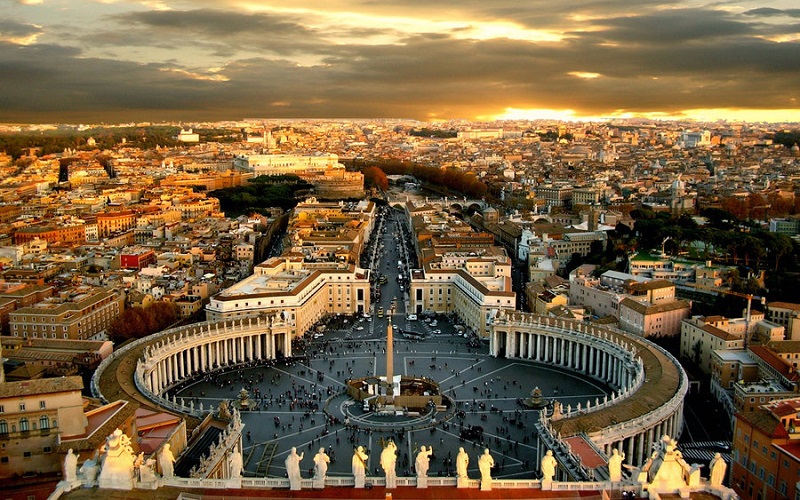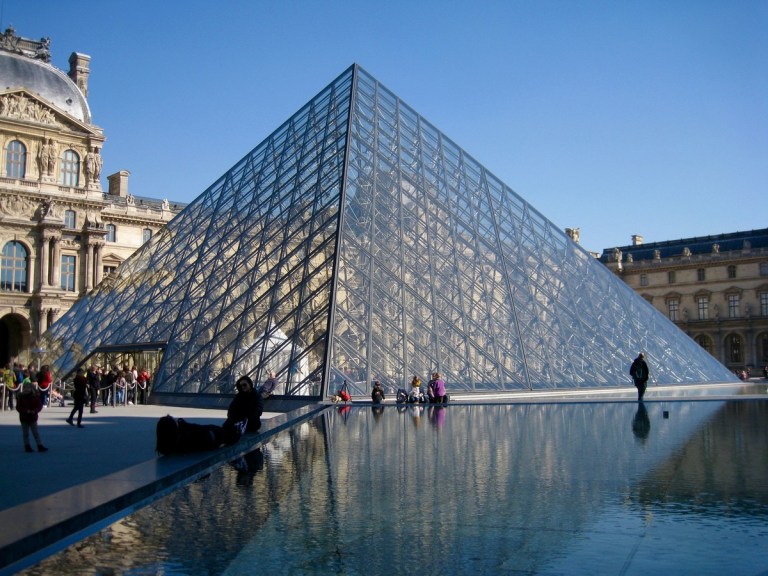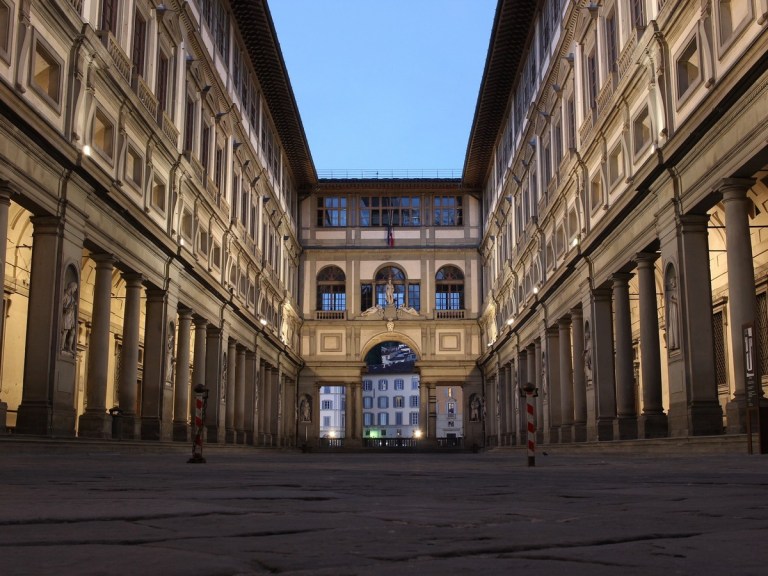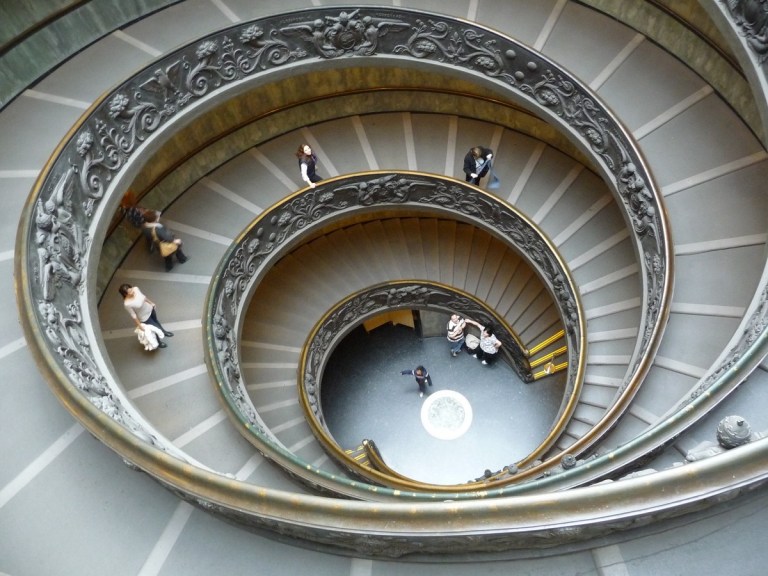
Of all the continents that draw the surface of this planet, Europe has earned itself over the centuries a unique and unequaled reputation.
The ancient world of classical civilizations, the mammoth empires, colonialism, the great wars and the consequent political transformations, the artists and their influence over the centuries have not only shaped their appearance, but they have also had an incalculable influence on the rest of the world. It exerts an irresistible charm and, despite the great changes, is still a popular destination for any traveler or tourist. Its streets, its countries, its rivers and lakes, its characters and its forms are themselves works of art and inspire famous dream itineraries even in the other hemisphere.

An old lady and patron of her own marvels, Europe has an inestimable artistic and cultural heritage, gathered in hundreds of museums scattered throughout its territory. Everyone deserves at least one visit, but in practice, it would be really difficult to check all the items on the list.
Thanks to Musement you will have at your disposal a long list of museums, attractions and events of many cities, as well as the opportunity to plan your trip in advance and to buy entrance tickets including guided tours and other useful services. The Musement app that you can download on your smartphone will also help you explore the city thanks to the advice of local experts.
Here are some suggestions for an ideal tour among the most important European museum structures …
Louvre Museum – Paris, FRANCE

The Louvre Museum is the most visited in the world and an integral part of the physiognomy of Paris, so much to appear on postcards as often as the Eiffel Tower or the Champs-Élysées. With a first version dating back to the twelfth century, it became a royal residence between the 16th and 17th centuries, and then officially became a museum in 1848.
Within its halls and galleries, spread over four huge planes, contains around 35,000 works, by the ancient Egyptians to Rembrandt, including masterpieces of art: The Mona Lisa by Leonardo Da Vinci, Liberty Leading the people! Or by Eugène Delacroix, The Raft of the Medusa by Théodore Géricault, Michelangelo’s Dying Slave, Love and Psyche by Antonio Canova, just to name a few.
Given the enormity of the collection, there is the possibility of choosing among numerous thematic routes, including some mini-tours dedicated to children.
The main entrance is through the Grande Pyramide, but to avoid the long queues, you can enter the Carousel du Louvre shopping center in the basement, after which the ticket offices are located. Given the incredible daily attendance, it is advisable to buy tickets and multimedia material directly online.
Uffizi Gallery – Florence, ITALY

The Uffizi Gallery is undoubtedly the cradle of Italian art. Among the most visited in Italy, the museum is located on the first and second floor of the homonymous palace built by Cosimo I de’ Medici in the sixteenth century on a project by Giorgio Vasari. The building is located near the Lungarno and is part of the current Galleria degli Uffizipath, including the Galleria, the Vasari Corridor and Palazzo Pitti.
The vast and multiform collection has been enriched over the centuries thanks to the patronage of the Medici family and the interest of many noblemen and prominent personalities. The works of art are distributed in the various rooms, arranged in chronological order according to the styles and schools of origin. Some of the greatest masterpieces are exhibited, made by the likes of Giotto, Leonardo da Vinci, Mantegna, Michelangelo, Botticelli, Raphael, Rembrandt and Dürer.
The Gallery is further enriched thanks to the Cabinet of drawings and prints, among the most important collections of graphic arts, and the Contini Bonacossi Collection, including furniture, majolica, terracottas and a series of paintings and sculptures by Tuscan artists. Given the influx of tourists and visitors, it is advisable to book a visit and purchase tickets online.
You may also like to read: Tour of the best distilleries in Scotland
Vatican Museums – Rome, ITALY

Founded by Pope Julius II in the sixteenth century and open to the public only in 1771, the Vatican Museums are the most visited in Italy. Inside are preserved the priceless collection of art accumulated over the years by the popes, one of the largest and most important in the world. The visit includes the Museums and the environments open to the public of the Vatican buildings. The itinerary winds through seven kilometers of halls and corridors and includes works from every era, from Egyptian mummies to Etruscan bronzes, to modern art masterpieces: admire the Belvedere Apollo and the Laocoon in the Octagon Courtyard of the Pio Museum – Clementino, the papal rooms frescoed by Raphael and the extraordinary Sistine Chapel decorated with frescoes by Michelangelo Buonarroti, probably one of the most famous and celebrated works of art in history.
Given the extent of exposure, it is convenient to plan a specific itinerary and choose the rooms and environments to visit. The interminable files at the entrance to the Vatican Museums are as famous as their works, so reservations and online ticket purchases are highly recommended. The structure is fully accessible to the disabled: in addition to lifts and toilets, there is a special itinerary and the possibility to request wheelchairs.
Museo del Prado – Madrid, SPAIN

The Museo del Prado is the most important Spanish museum and one of the main art galleries in the world. Works by the most famous Spanish artists and sections dedicated to the Italian, Dutch and German schools are on display. The majestic building that houses the museum was built by Charles III and designed by Juan de Villanueva to host a series of scientific institutions.
During the War of Independence, it was used as a barracks for cavalry and almost completely destroyed. Resources in his role as a museum in 1819, up to the present day exalted and embellished by a large extension of 2002 on the design of architect Rafael Moneo.
The extraordinary collection includes great masterpieces, including: La maja vestida and La maja desnuda by Francisco Goya, Las Meninas by Diego Velázquez, Davide and Golia by Caravaggio, Nastagio degli Onesti by Sandro Botticelli.
The size of the museum and the number of exhibited works would require more than one visit. A brochure available at the information center shows the map of the museum and the fifty most famous works with their location, useful selection if you do not have much time available.
Pergamon Museum – Berlin, GERMANY

The Pergamon Museum is one of the most important and well-known archaeological museums in the world and one of the most visited museums in Germany. It is located on the Museum Island in Berlin and was built between 1910 and 1930 on a design by Alfred Messel. It consists of three structures: the Museum of Ancient Art, with the Altar of Pergamum – the most important work of the entire museum – and the Market Gate of Miletus; the Museum of Islamic Art, with the frescoed Aleppo Hall from the home of a Christian merchant; the Museum of Anterior Asia, with the legendary Ishtar Gate and the processional road, in addition to finds from mythical lost cities like Uruk and Babylon.
From 2018 the Pergamonmuseum: the Panorama pavilion will be open to the public, with temporary installations and exposures, to fill the gaps caused by massive renovations that will last for a long time. Also in this case the booking and online booking advice is valid, as the wait at the ticket offices could prove to be exhausting.
